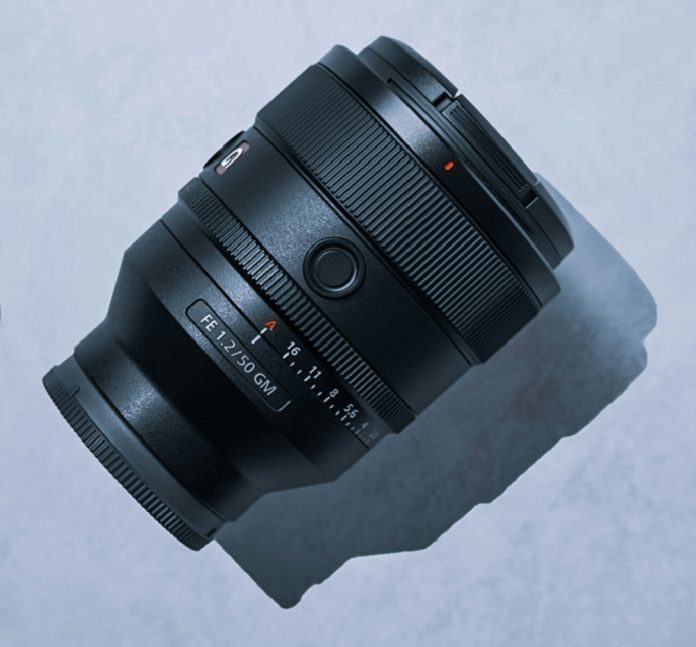There’s no denying the draw of an f/1.2 lens. It’s fast, bright, and delivers creamy bokeh that makes backgrounds melt. It feels like a dream tool, especially if you’ve ever struggled in low light or craved stunning subject isolation.
But here’s the truth: you may not need one. For many photographers, an f/1.2 lens is more of a luxury than a necessity. It can complicate your workflow, strain your budget, and add weight to your bag for benefits you don’t always use.
So, let’s explore whether an f/1.2 lens is worth it, and when you’re better off saving your money by choosing a smaller aperture or buying used gear. Let’s dive in!
Table of Contents
- Understanding Aperture: What Does f/1.2 Lens Really Do?
- Size, Weight, and Portability: The Hidden Cost of Speed
- Depth of Field and Focusing Challenges
- Low Light Performance: When an f/1.2 Lens Truly Shines
- Do You Really Need It? Types of Photography That Don’t Benefit from f/1.2
- Price vs. Practicality: Is the Investment Worth It?
- When an f/1.2 Lens is Truly Justified
- FAQ
Understanding Aperture: What Does f/1.2 Lens Really Do?
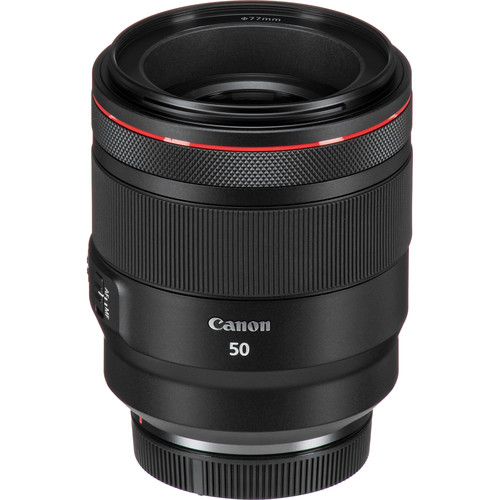
The aperture setting on a lens controls how much light enters the camera. A lower f-number, like f/1.2, means the aperture is wide open. This allows more light to hit the sensor, which is helpful in dark environments.
Moreover, an f/1.2 lens like the Canon RF 50mm f/1.2L USM shown above creates a very shallow depth of field. This makes it perfect for isolating your subject and achieving beautiful background blur, also known as bokeh. That dreamy, artistic look is one reason photographers love these lenses.
But that wide aperture comes with some drawbacks. The depth of field is so shallow that focusing becomes a challenge. And since the optics have to be so precise, these lenses are large, heavy, and expensive.
So while the extra light and subject separation are great, they might not be as essential as you think—especially if you typically shoot in good lighting or stop down your lens anyway.
Size, Weight, and Portability: The Hidden Cost of Speed
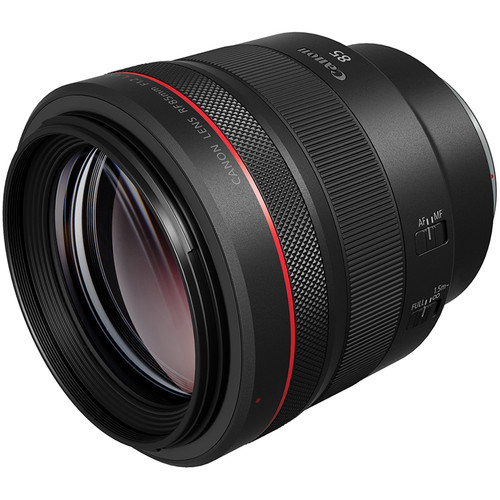
One of the biggest drawbacks of an f/1.2 lens like the Canon RF 85mm f/1.2 L USM shown above is its size. These lenses are usually bulky, and when mounted on your camera, they can make even a mirrorless setup feel front-heavy.
If you’re someone who walks a lot with your gear—maybe you’re a street photographer, traveler, or documentary shooter—you might find an f/1.2 lens tiring to carry all day. In contrast, an f/4 lens is often compact and lightweight, encouraging more mobility and spontaneous shooting.
Personally, I’ve switched from heavy fast primes to slower zooms on many trips, just because I wanted less gear in my backpack. The creative tradeoff was worth the comfort and flexibility.
Unless you’re shooting in a controlled environment or don’t mind the bulk, an f/4 lens is often far more practical.
Depth of Field and Focusing Challenges

Photo by g215 via Shutterstock
When you shoot wide open at f/1.2, the depth of field is razor-thin. This can create stunning effects, but it also increases your chances of missing focus.
Even with modern autofocus systems, it’s easy to get the tip of the nose sharp while the eyes are soft—or vice versa. If your subject moves even slightly, your shot can be ruined.
There’s also the issue of distractions. While that soft background looks great in portraits, in other situations it can feel unnatural or even make the photo feel flat. Sometimes, more depth is actually more useful.
For these reasons, many photographers stop their f/1.2 lens down to f/2 or f/2.8 in real-world use, which means they’re not fully using that extra stop anyway.
Low Light Performance: When an f/1.2 Lens Truly Shines
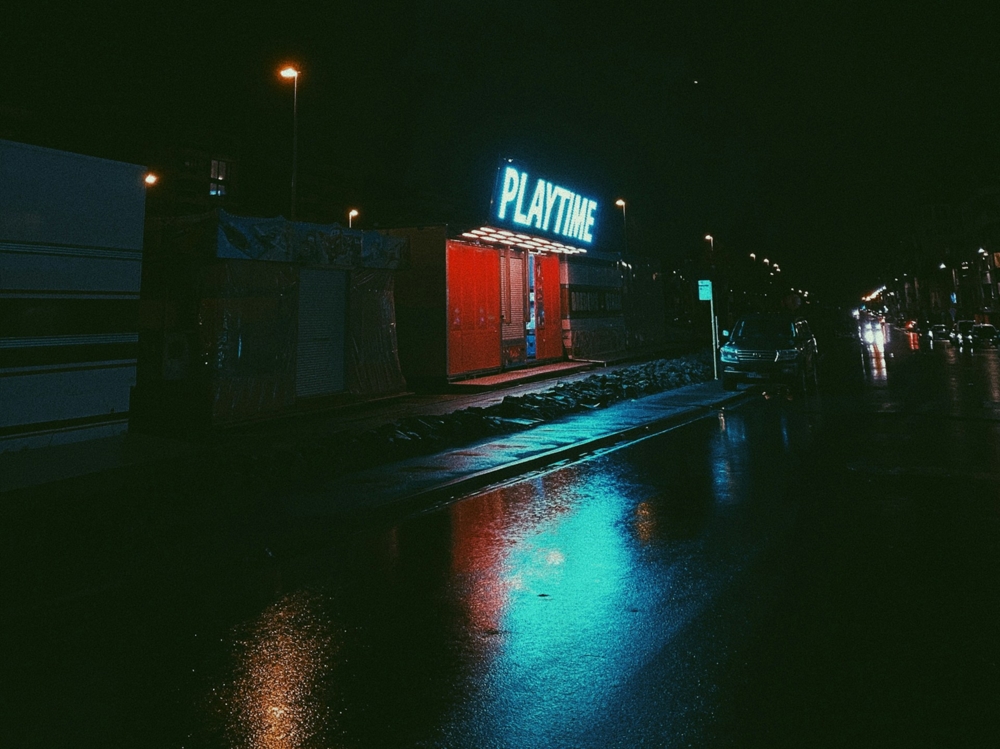
Photo by Mathias Kerner on Unsplash (license)
There’s no doubt that an f/1.2 lens performs beautifully in low light. If you’re shooting weddings, concerts, or indoor events, having that extra stop can be the difference between a usable photo and a blurry mess.
The wider aperture lets you shoot at lower ISOs and faster shutter speeds. This means cleaner images with less noise and less motion blur—huge advantages when light is limited.
If low-light photography is a regular part of your workflow, then an f/1.2 lens may be a smart investment. But if you mostly shoot in daylight or with artificial light, you likely won’t tap into the full benefit.
Think carefully about how often you really need that low-light edge before committing to a big, expensive lens.
Do You Really Need It? Types of Photography That Don’t Benefit from f/1.2
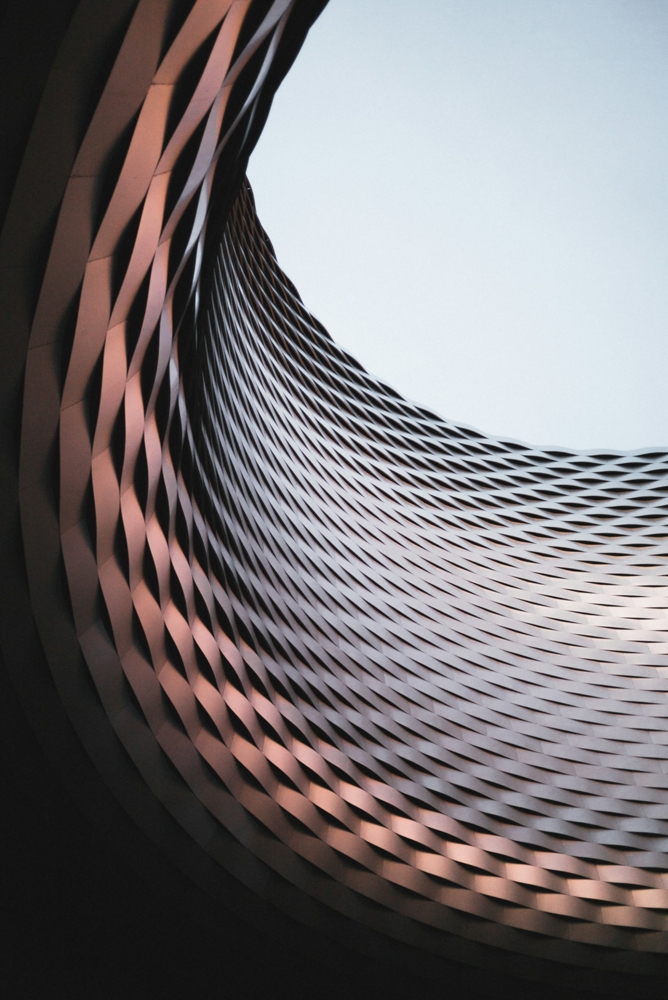
Photo by Tim Stief on Unsplash (license)
Not all photography styles need fast lenses. In fact, some benefit more from slower, sharper, and lighter glass.
Landscape photographers typically shoot at f/8 or higher for maximum depth of field. Architecture and travel shooters often want corner-to-corner sharpness and portability—two things an f/1.2 lens doesn’t always offer.
In the studio, you’re in control of the lighting and can shoot at any aperture. Product photography, macro work, and even many editorial setups don’t require ultra-wide apertures.
If your shooting style doesn’t demand low-light performance or shallow depth of field, you might never truly benefit from the full capabilities of an f/1.2 lens.
Price vs. Practicality: Is the Investment Worth It?

An f/1.2 lens like the Sony FE 50mm shown above doesn’t just cost more—it costs a lot more. In many cases, you’re paying two to five times the price of an f/1.8 or f/4 alternative for one extra stop of light.
Is that extra stop always worth it? Not for most photographers. Unless you regularly shoot in challenging light or require extreme subject isolation, the performance boost doesn’t match the price jump.

However, if you’ve decided that an f/1.2 lens is essential for your work or creative goals, there’s a smart way to buy: go used. Platforms like MPB offer high-quality, gently used lenses at much lower prices. They inspect, rate, and warranty every piece of gear, giving you confidence in what you’re buying.
I’ve purchased used lenses from MPB and saved hundreds without sacrificing performance. If you’re shopping for fast glass, it’s absolutely worth checking their inventory before paying full price.
When an f/1.2 Lens is Truly Justified
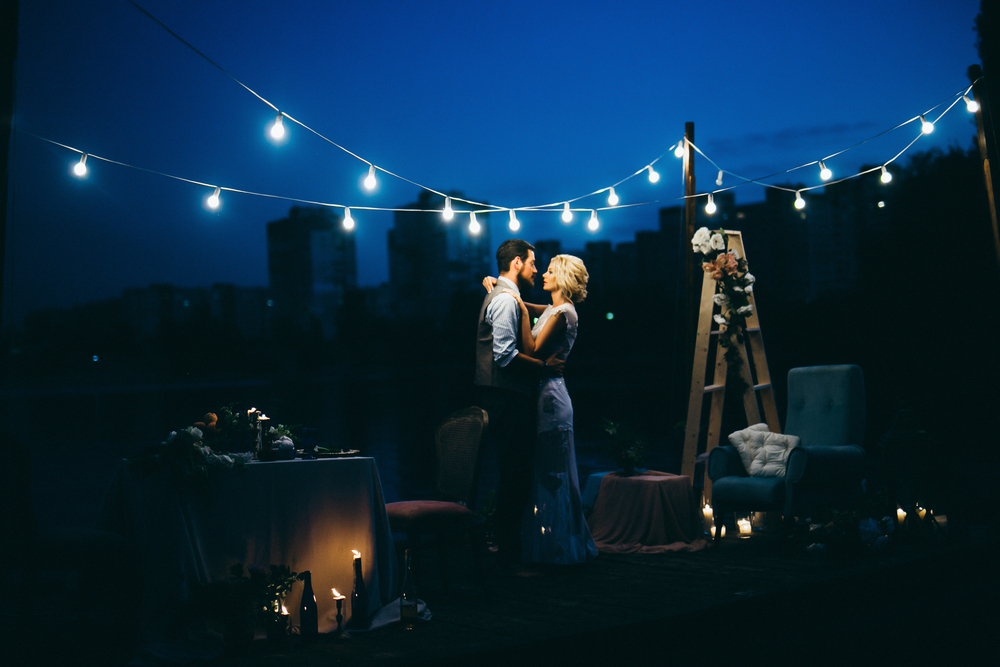
Photo by Shunevych Serhii via Shutterstock
There are situations where an f/1.2 lens makes perfect sense. Professional wedding and event photographers often deal with poor lighting and fast-paced environments. For them, fast glass is not optional—it’s critical.
Creative portrait photographers also lean heavily on f/1.2 for signature looks. That dreamy bokeh and subject isolation can set their work apart and justify the investment.
Videographers and hybrid shooters also appreciate the look and light-gathering ability of an f/1.2 lens, especially in natural-light scenes where artificial lighting isn’t practical.
If your work relies on these features, then the cost, weight, and quirks of a fast prime are worth the tradeoff.
FAQ
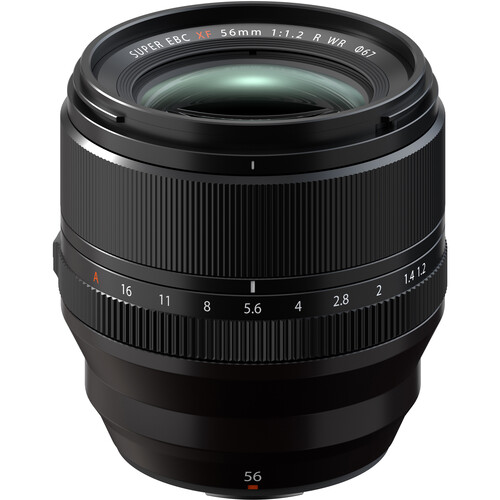
Is an f/1.2 lens always better than an f/4 lens?
Not necessarily. It depends on your shooting needs. An f/1.2 lens is great for low light and bokeh, but f/4 lenses are often sharper, lighter, and more affordable.
Why are f/1.2 lenses so expensive?
They require advanced optics and precision engineering. The wider aperture means more glass, more complexity, and higher production costs.
Should beginners buy an f/1.2 lens?
Most beginners will benefit more from an f/1.8 or f/2.8 lens. They’re easier to use, more affordable, and still offer great image quality.
Where can I buy used f/1.2 lenses safely?
MPB is a trusted platform that sells quality used lenses. They grade their gear, offer warranties, and have excellent customer service.
Do professionals always use f/1.2 lenses?
No. Many pros choose gear based on the job. Sometimes an f/4 zoom is more practical. It’s all about finding the right tool for your needs.
Our articles might have affiliate links and the occasional sponsored content, but don’t sweat it – if you buy something, we get a little kickback at no extra cost to you, and we only hype products we truly believe in!
Learn More:
Hero photo by Tatiana Steve on Unsplash (license)

